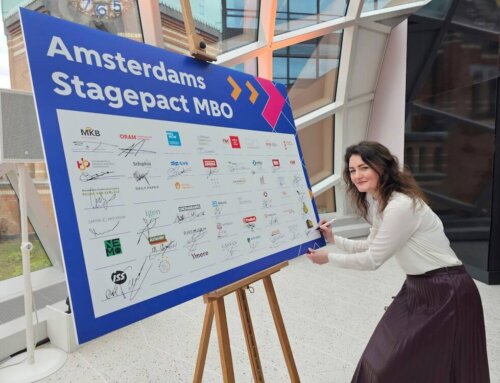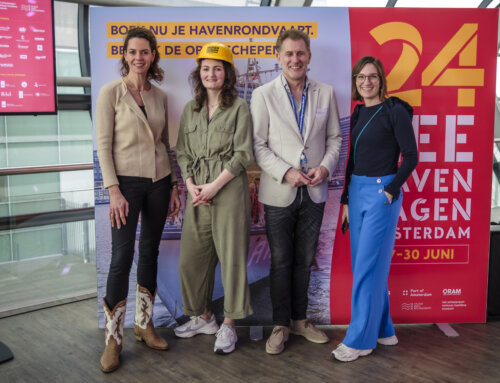Coming 500 megawatt hydrogen project Amsterdam
HyCC (the Hydrogen Chemistry Company) is launching the H2era project in cooperation with Port of Amsterdam. The plan is to have a 500 megawatt green hydrogen plant in operation by 2027. This will be a major step in the development of the hydrogen economy in the North Sea Canal area to make industry and mobility more sustainable.

The use of hydrogen is crucial to reduce emissions from industries such as steel, chemicals and aviation. With project H2era, HyCC can produce a significant portion of the required hydrogen locally and lay the foundation for a sustainable hydrogen economy in the Amsterdam region.
Sustainability industry
H2era will split water into hydrogen and oxygen through electrolysis based on renewable electricity. Eventually, the plant will be connected to offshore wind through TenneT's high-voltage grid, avoiding strain on the local grid. Among other things, the hydrogen will be used to make existing industries in the North Sea Canal area more sustainable and can be used for green mobility. Talks with various parties are underway for this purpose. In the future, the plant may also be connected to the national hydrogen network to enable exchange between industrial clusters.
The intention is that HyCC will operate the new plant at the Port of Amsterdam in 2027. HyCC and Port of Amsterdam have completed an initial feasibility study for this purpose. The project will be further developed in the coming months during the study phase (pre-FEED).
Entrepreneurs with guts
HyCC is a great example of a company that takes up the gauntlet with guts and energy together with partners. Giulietta Cohen, Energy & Circular program manager at ORAM and initiator of TET Amsterdam connects sustainable entrepreneurs with guts. About the H2era project, Cohen says the following:
'The time is now! No breakthrough without a big green picket line: a 500 megawatt green hydrogen plant. Right in the middle of the port of Amsterdam with high demand for sustainable fuels for shipping and aviation, green steel and sustainability of existing industries.'


